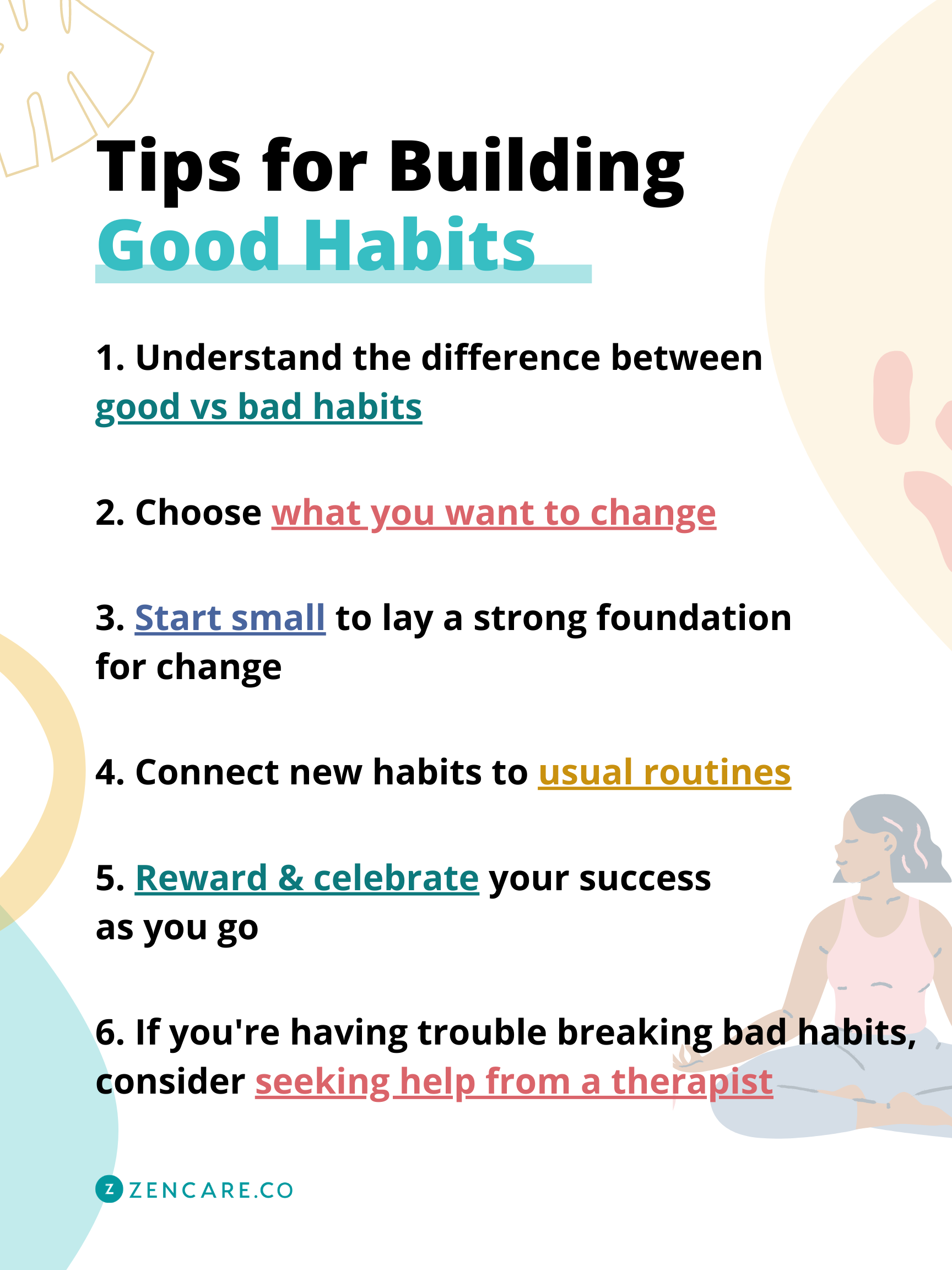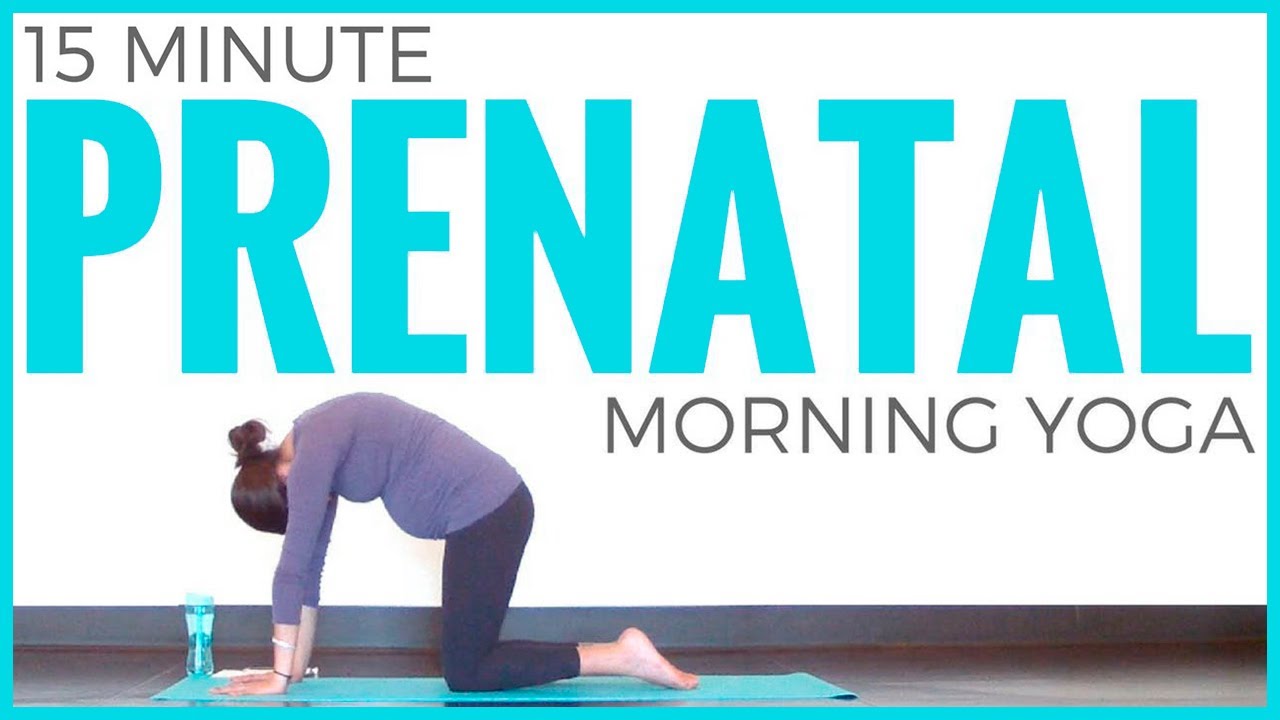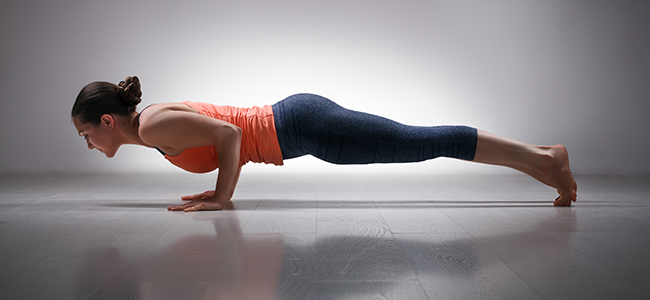
Yoga heart opening positions are a wonderful and effective way to increase your physical, emotional, and spiritual well-being. If the heart chakra is blocked, you'll experience difficulty loving, forgiveness, or letting go, and you may feel emotionally unstable. The heart chakra can be opened and you will feel the warmth and love radiating from your body. There are endless possibilities. Here are some home poses. This article will give you the best methods to open your innermost being.
According to the American Heart Association, an activity of at least 30 minutes per day can significantly reduce the risk of cardiovascular disease. For example, AHA recommends 25 minutes of aerobic activity 3 times per week. That's 75 minutes. Exercises such as Yoga are beneficial for the heart because they're easy on the joints, and the benefits of a healthy heart beat go far beyond reducing stress. In fact, it has been shown to increase HRV, or Heart Rate Variability, which is a measure of how your heart reacts to changes in your autonomic nervous system. People with high HRV levels have a low rate of cardiac arrhythmia.

Yoga for Heart looks like a chair. This pose is great for stimulating your heart. This pose requires concentration and determination to master. It involves stretching the chest area. Start by standing straight up. Next, extend your arms and spread your hands out. Bend your knees, and hold this position for as long as you can. Modifying the pose can be helpful if you have trouble holding this position.
The yoga postures stretch the muscles and help them become more sensitive to insulin, which helps control blood sugar. The breathing techniques and meditation practices help quiet the nervous system, which is important in reducing blood pressure. These exercises are also beneficial for people with heart disease. Yoga postures can improve your cardiovascular health. To improve your health, you can do asanas as well as asanas. Don't wait!
One of the most vital parts of the body is the Yoga heart. It regulates blood flow to improve circulation. Yoga practice has been shown to lower the risk of stroke. By strengthening the heart, it can also prevent a stroke. The Yoga Heart can help prevent strokes. The Yoga Heart is not meant to replace standard medical treatment. However, it can help you avoid a stroke.

Recent research on the benefits of yoga to the heart has shown many benefits. It has been shown that yoga can improve flexibility, improve energy, and improve mood. It also has many benefits for the body. It can improve your flexibility and reduce stress. It's also good for your heart. It is a great way to keep your mind and body fit. This is because it promotes a healthier heart.
FAQ
How much should you weigh for your height and age BMI chart & calculator
The best way to determine how much weight you need to lose is to use a body mass index (BMI) calculator. A healthy BMI range should be between 18.5 and 24,000. To lose weight, you should aim for a loss of 10 pounds per year. Enter your height and weight to calculate your BMI.
This BMI chart will help you determine if your body is overweight or obese.
How can I get enough vitamins
You can get most of the daily nutrients you need through your diet. Supplements are an option if you are low in any vitamin. A multivitamin supplement can provide all the vitamins you require. You can also buy individual vitamins at your local pharmacy.
Talk to your doctor about the best foods for vitamins if you're concerned about not getting enough nutrients. Some examples of rich sources of vitamins E and K include dark green leafy vegetables, such as spinach.
Ask your doctor if there is any doubt about how much vitamin you should be taking. He or she will recommend the appropriate dosage based on your medical history and current health status.
What is the problem?
BMI stands to Body Mass Index. It is a measurement of body weight based on height. The following formula can be used to calculate BMI.
Add weight in kilograms to height in meters squared.
The result can be expressed as a number between zero and 25. A score of 18.5 or higher indicates overweight, while a score of 23 or higher indicates obesity.
A person of 100 kg with a height of 1.75m will have 22 BMI.
How does an antibiotic work?
Antibiotics can be used to kill bacteria. Antibiotics can be used to treat bacterial infection. There are many types and brands of antibiotics. Some are administered topically, while others can be taken orally.
Many people who have been exposed can be prescribed antibiotics. An oral antibiotic might be prescribed to someone who has been exposed to chicken pox. This will prevent the spread of shingles. Or, if someone has had strep throat, he or she might receive an injection of penicillin to help prevent pneumonia.
If antibiotics are to be administered to children, they must be prescribed by a doctor. Children are at greater risk than adults for developing serious side effects from taking antibiotics.
Diarrhea is one of the most common side effects of antibiotics. Other side effects possible include dizziness, nausea, vomiting, stomach cramps, dizziness and allergic reactions. These side effects are usually gone once the treatment is complete.
What are the ten best foods to eat in America?
These are the 10 best foods you can eat:
-
Avocados
-
Berries
-
Broccoli
-
Cauliflower
-
Eggs
-
Fish
-
Grains
-
Nuts
-
Oats
-
Salmon
Statistics
- WHO recommends consuming less than 5% of total energy intake for additional health benefits. (who.int)
- Extra virgin olive oil may benefit heart health, as people who consume it have a lower risk for dying from heart attacks and strokes according to some evidence (57Trusted Source (healthline.com)
- According to the 2020 Dietary Guidelines for Americans, a balanced diet high in fruits and vegetables, lean protein, low-fat dairy and whole grains is needed for optimal energy. (mayoclinichealthsystem.org)
- WHO recommends reducing saturated fats to less than 10% of total energy intake; reducing trans-fats to less than 1% of total energy intake; and replacing both saturated fats and trans-fats to unsaturated fats. (who.int)
External Links
How To
Ten tips for a healthy lifestyle
How to maintain a healthy lifestyle
Our fast-paced world means that we aren't getting enough sleep, don't eat enough, drink too much alcohol, and smoke too many cigarettes. We don’t care enough about our health.
It is very hard to find a balanced diet and exercise routine when you work fulltime and do all these things at the same time. It is even more difficult if you feel stressed. Then, your mind tells yourself that it cannot handle this situation any more so we feel guilty about it and give up.
If your body feels ill, it most likely is. Ask your doctor for his/her opinion about your current situation. If you find nothing unusual, it could be stress from your job.
Some people think that they are lucky because their jobs allow them to go to gym regularly or they have some friends who help them to keep fit. But those people are actually lucky. They don't have problems. They managed everything. I wish all people could do the same. Most people don't know how balance work and life. Many people have bad habits that lead to illnesses such as heart disease and diabetes.
These are some tips to help you improve your life.
-
Get enough sleep, minimum 7 hours, maximum 8 hours. You should be able to sleep in a proper position and avoid caffeine the hour before you go to bed. Caffeine blocks melatonin, which can make it difficult for you to fall asleep. Make sure your bedroom is dark and clean. Consider using blackout curtains, especially if working late at night.
-
Get healthy - Start your day with a good breakfast. Avoid sugary products, fried foods, white breads, and processed food. Fruits, vegetables, whole grains and whole grains are good options for lunch. Afternoon snacks are recommended to be rich in protein and fiber, such as nuts, seeds, beans, fish and dairy products. Avoid junk food like chips, candies and cakes.
-
Get enough water. The majority of people don’t drink enough water. Water helps us burn more calories and maintains our skin's youthfulness. It also flushes toxins out of our bodies and improves our digestion. Aim to drink six glasses of fluids daily to lose weight more quickly. The best way of determining your hydration is to check the color in your urine. Dehydrated means yellow; slightly dehydrated means orange; normal means pink; overhydrated means red; clear means highly-overhydrated.
-
Exercise - Regular exercise has been shown to reduce depression and increase energy levels. Walking is an easy way to improve your mood. Even though walking looks simple, it requires effort and concentration. Your brain must focus on walking and breathe slowly and deeply. A 30-minute walk for 100 to 150 calories can be burned in 30 minutes. Start slow and work your way up. To prevent injury, don't forget to stretch after you exercise.
-
Be positive - Positive thinking is essential for mental health. Positive thinking makes it easier to create a happy space within yourself. Negative thinking can cause anxiety and drain your energy. You can stay motivated by thinking about what you want to achieve. You don't have to take on all of the new tasks at once. Break them down into smaller tasks. Remember that you are bound to fail sometimes but just pick yourself up and start again.
-
Learn to say No. We are often so busy that our attention is not focused on the important things we are doing. It is important to learn to say No when you need to. Being polite when you say "no" does not mean that you are rude. It is just saying no. There are always other options to finish the job later. Set boundaries. Ask for help. Or simply delegate this work to someone else.
-
Take care of your body - Keep track of your diet. You can boost your metabolism by eating healthier foods. You should avoid eating too many oily and heavy foods, as they tend to increase cholesterol. You should eat three meals per day and two snacks each day. You should consume around 2000 - 2500 calories per day.
-
Meditate – Meditation is great for stress relief and anxiety. Sitting still with closed eyes allows your mind to relax. This exercise will improve your ability to think clearly and help you make decisions. Meditation regularly can make you happier and more calm.
-
Don't skip breakfast. Breakfast should be the most important meal. Skipping breakfast could cause you to eat too much during lunchtime. You don't have to wait until noon to enjoy a healthy breakfast. Eaten breakfast will boost your energy and help you manage your hunger.
-
Good food is healthy. Avoid junk food and other food items that have artificial or preservative ingredients. These foods make your body feel acidic, and can trigger cravings. A variety of fruits and vegetables is rich in vitamins, minerals and other nutrients that can help improve overall health.